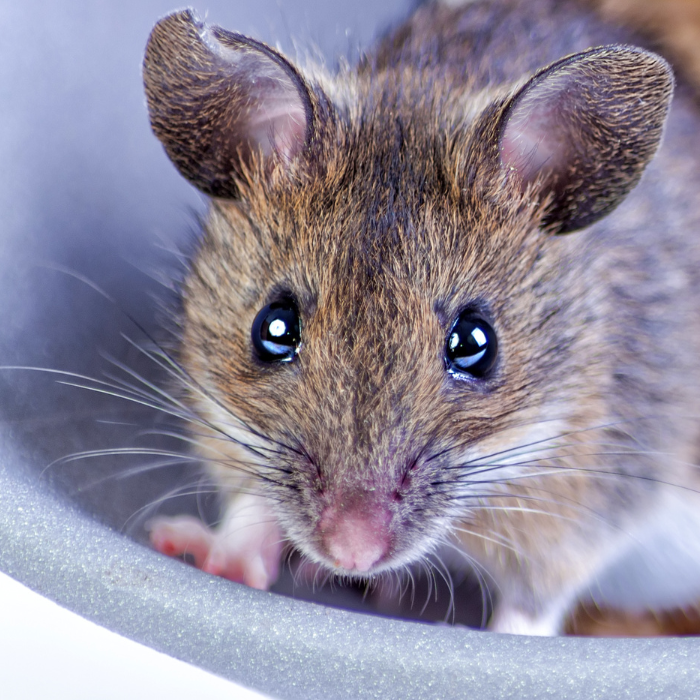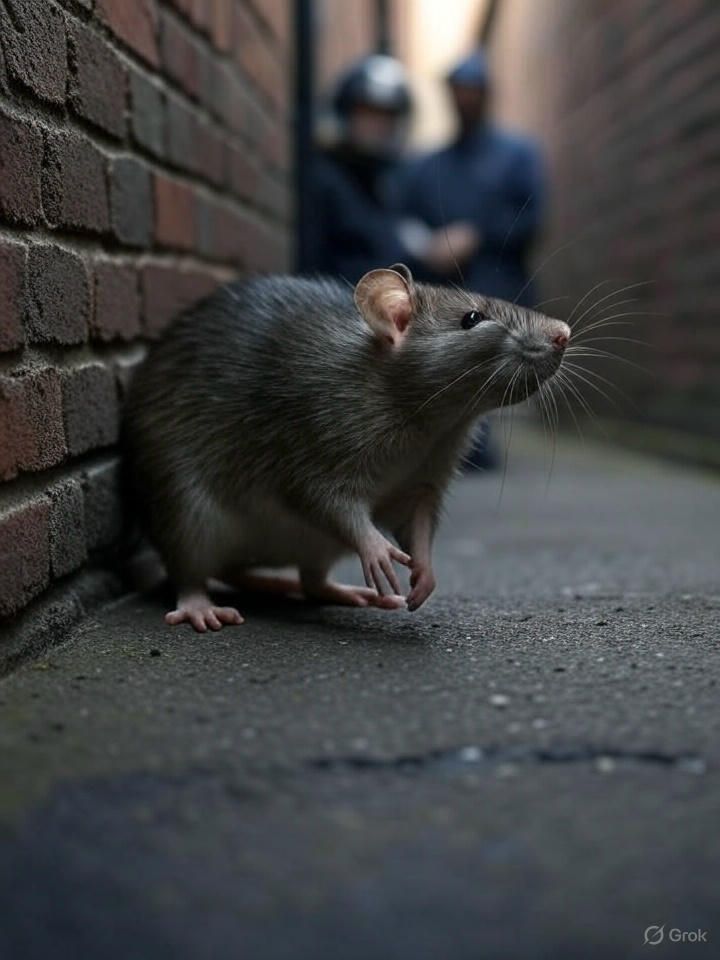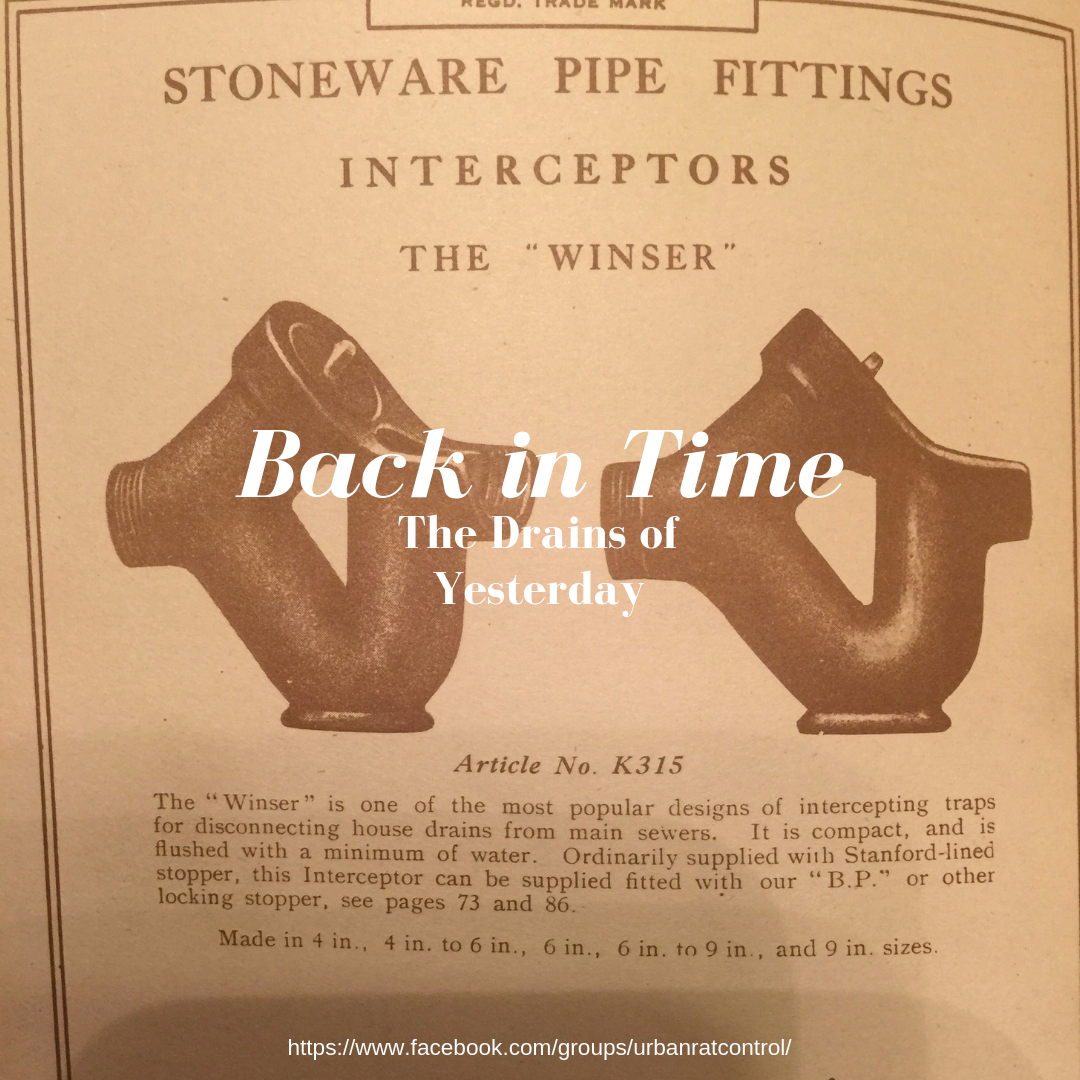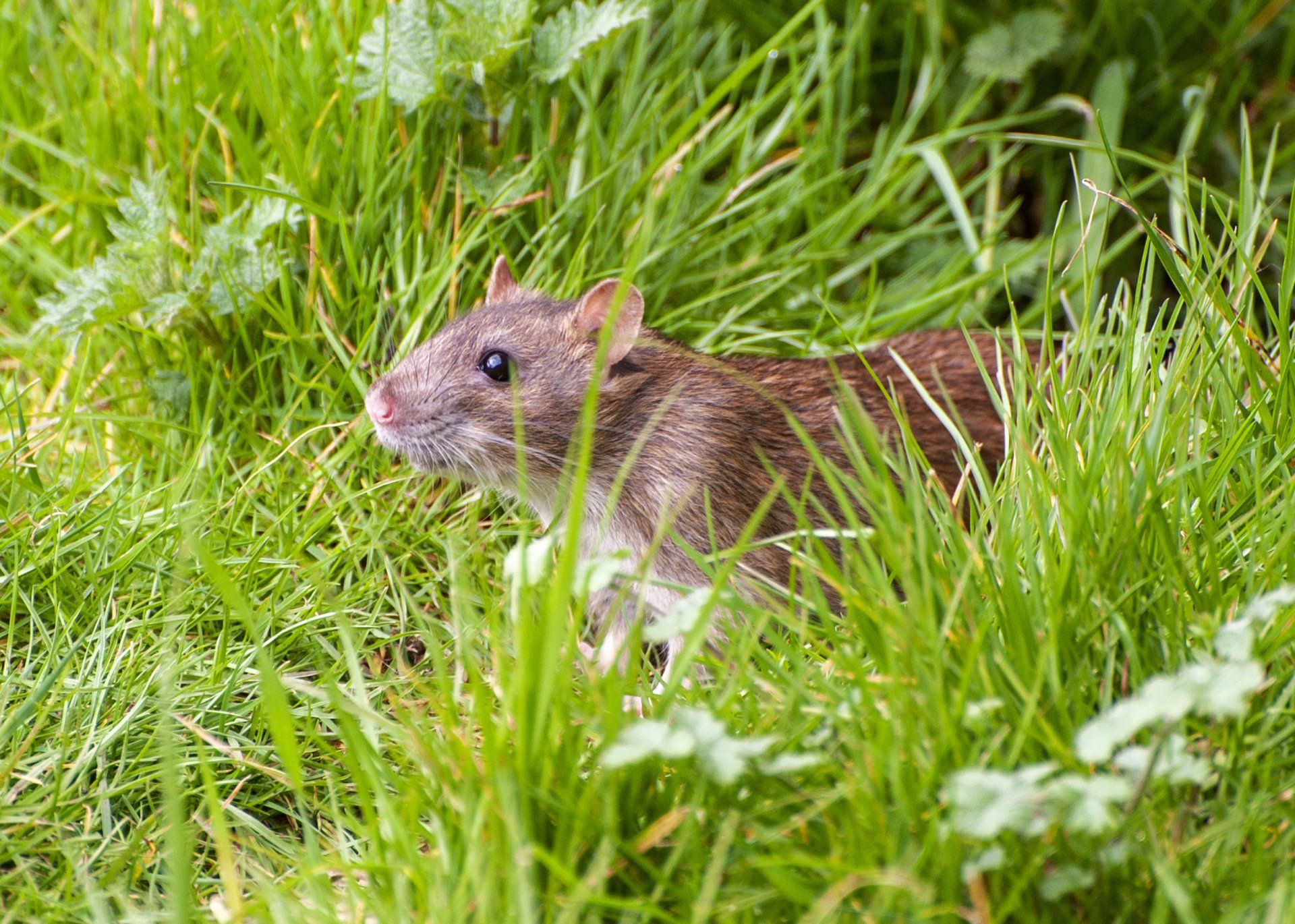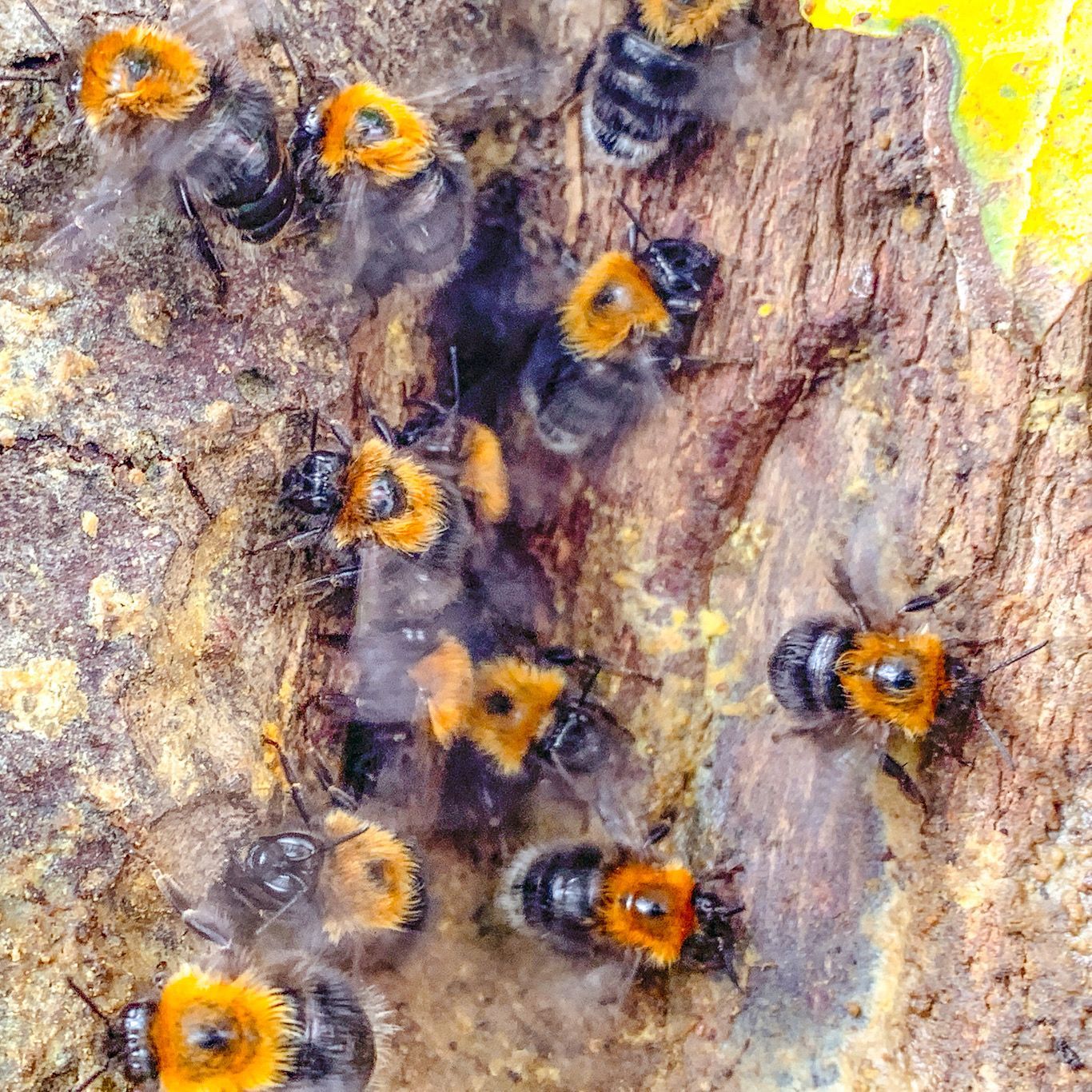by Simon Berenyi
•
8 June 2025
Hantavirus in UK Rats and Mice Hantavirus: Prevalence, Transmission, Risks, and Pest Control Hantaviruses are a group of rodent-borne viruses that pose a public health concern due to their potential to cause serious illnesses in humans. In the UK, while human infections are rare, the presence of hantavirus, particularly Seoul virus (SEOV), in rat populations underscores the importance of effective pest control. Let's take a look at the prevalence of hantavirus in rats and mice in the UK, how it is transmitted, the risks it poses to humans and pets, and how pest control can mitigate these risks, drawing on scientific data and research. Prevalence of Hantavirus in UK Rodents Hantaviruses are carried by various rodent species, including rats and mice, with the Seoul virus (SEOV) being the primary strain in the UK, hosted by brown rats ( Rattus norvegicus ) and black rats ( Rattus rattus ). Research indicates varying prevalence across different rodent populations: Pet and Breeding Colonies: Studies show a high prevalence in pet rat populations, particularly in breeding colonies. For example, in private breeding colonies in Wales and South England, SEOV prevalence ranged from 33% to 100%, depending on the testing method (e.g., RNA PCR or serology) (Public Health England, 2016). Commercial rat farms and households with pet rats reported rates of 48–67%, likely due to close contact in enclosed spaces. Wild Rodents: Prevalence in wild rats varies by region. In Northern Ireland, 21.6% of brown rats and 28.8% of house mice ( Mus domesticus ) were seropositive for hantavirus (Patient.info, 2024). In Yorkshire, 50% of brown rats tested positive for SEOV, while in North-western England, no rats or mice tested positive for hantavirus RNA, though a novel Tatenale virus was found in 13% of field voles (Microtus agrestis) (Pounder et al., 2013). Other Rodents: Wood mice ( Apodemus sylvaticus ) showed low prevalence (0.03% in Northern Ireland), and bank voles ( Myodes glareolus ) had no detectable hantavirus in some studies. Puumala virus (PUUV), common in Europe, is not present in the UK, but a variant has been detected in rodent populations (Patient.info, 2024). Since 2012, 11 confirmed human cases of hantavirus infection have been reported in the UK, with nine linked to pet rats or rats bred for reptile feeding, indicating a higher risk in domestic settings (Public Health England, 2016). Transmission of Hantavirus Hantaviruses are primarily transmitted to humans through inhalation of aerosolised particles from rodent urine, droppings, or saliva. When these materials dry and are disturbed, such as during cleaning or sweeping, virus particles can become airborne and inhaled. Less commonly, transmission occurs through direct contact with infected rodents (e.g., handling pet rats) or bites, though bites are rare (GOV.UK). In homes with rodent infestations, the risk of exposure increases due to potential contamination of living spaces, particularly in areas like kitchens, attics, or basements where rodents are active. Risks to Humans and Pets Hantavirus infections in humans can cause hemorrhagic fever with renal syndrome (HFRS), characterised by fever, muscle pain, headaches, abdominal pain, and, in severe cases, kidney failure. While HFRS has a low fatality rate in the UK, severe cases may require hospitalisation (Patient.info, 2024). The psychological impact of infestations and health concerns can also be significant, causing stress and anxiety. Pets, such as cats and dogs, may be exposed to hantavirus by hunting or coming into contact with infected rodents. Although specific data on hantavirus in UK pets is limited, their exposure to rodent-borne pathogens like leptospirosis or Salmonella suggests a potential risk. Infected pets could theoretically spread contaminated materials, increasing household risks. Importance of Pest Control Pest control is critical in reducing hantavirus risks by eliminating rodent populations and preventing their access to homes. Effective strategies include: Exclusion: Sealing entry points, such as gaps in walls, doors, or pipes, to prevent rodents from entering. Sanitation: Removing food sources (e.g., unsecured garbage, pet food) and maintaining clean environments to deter rodents. Trapping and Removal: Using humane traps to capture and remove rodents, avoiding reliance on baits that may lead to dead rodents in inaccessible areas. Professional Services: For severe infestations, Pale Horse Pest Control ensures safe and thorough removal, often using integrated pest management techniques. Proper decontamination of infested areas, using disinfectants and ventilation, further reduces the risk of virus transmission. Mitigating Risks in Homes For households with rodent problems, the following steps can mitigate hantavirus risks: Avoid Direct Contact: Wear gloves and masks when cleaning areas with rodent droppings or urine to prevent inhalation or skin contact. Ventilate Spaces: Open windows and doors to disperse aerosolised particles before cleaning. Thorough Cleaning: Use disinfectants to clean contaminated surfaces and dispose of materials in sealed bags. Professional Help: Engage pest control experts for severe infestations to ensure complete rodent removal and decontamination. Educate Family: Inform household members about the risks of hantavirus and safe cleaning practices. Protect Pets: Keep pets away from areas infested with rodents and monitor them for signs of illness, ensuring regular veterinary check-ups. Summary Hantavirus, particularly SEOV, is present in UK rat populations, with higher prevalence in pet and breeding colonies than in wild rodents. Transmission through aerosolised rodent excreta poses risks to humans, causing HFRS, and potentially to pets through contact with infected rodents. Effective pest control, including exclusion, sanitation, and professional intervention, is essential to minimise these risks. By taking proactive measures, households can protect themselves, their families, and their pets from hantavirus and other rodent-borne diseases.
